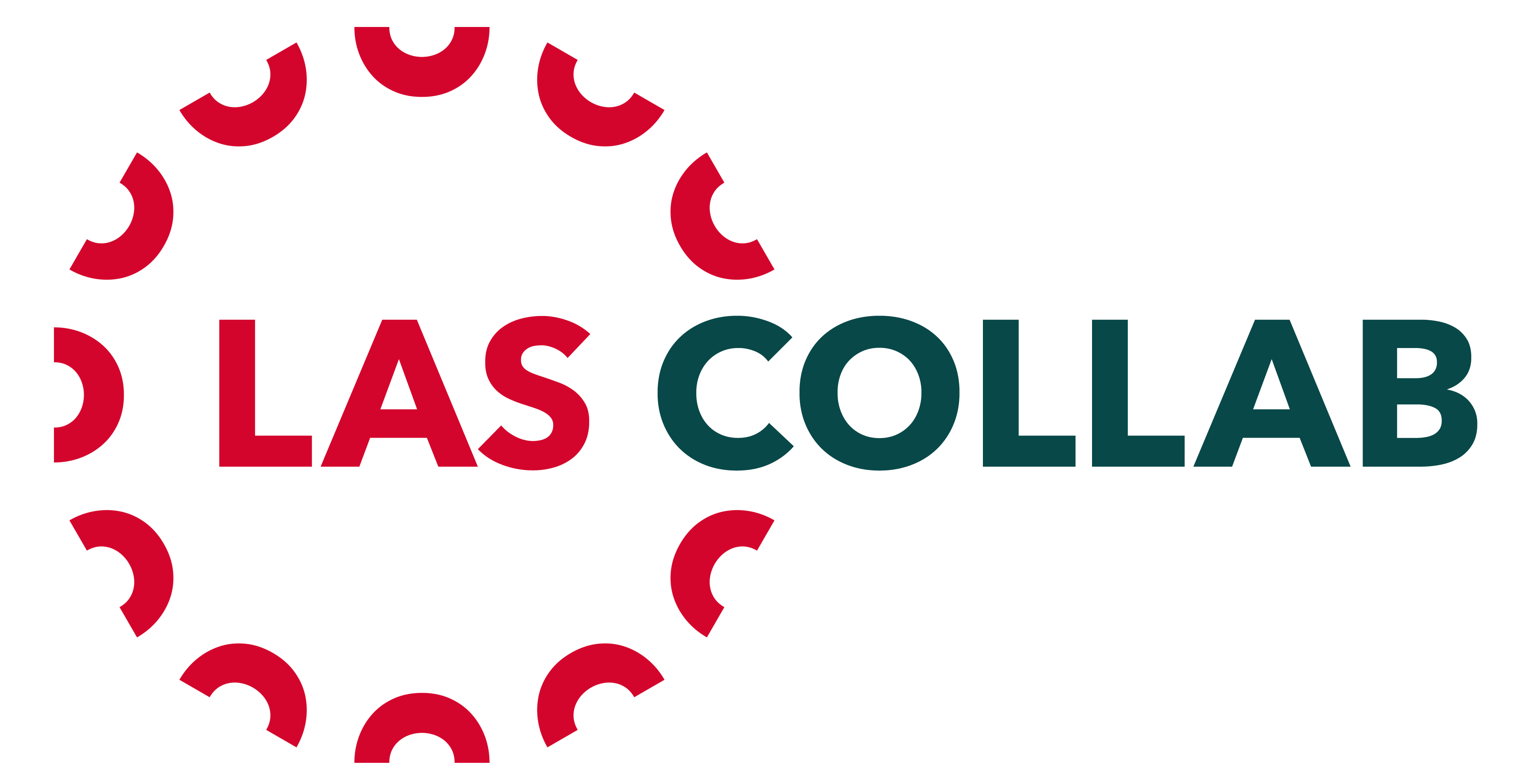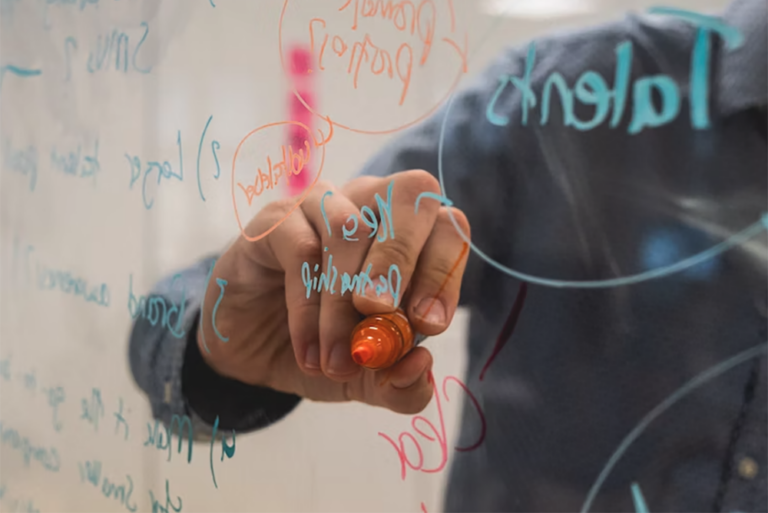OSUN’s Liberal Arts and Sciences Collaborative recently sponsored an event with Doug Haynes of the University of Sussex, exploring the ways in which interdisciplinarity, transdisciplinarityy, and even postdisciplinarity might manifest in liberal arts and sciences (LAS) education. His talk followed the publication of his piece “Liberal arts teaching should go interdisciplinary” in Times Higher Education. At his institution, Haynes and colleagues have put together a new kind of LAS undergraduate degree that emphasizes an interdisciplinary program of study towards addressing complex issues facing humanity today.
The program offers two sets of modules, one in core global humanities and the other in core practicing humanities. The core global humanities modules bring together faculty from various disciplines to offer multiple perspectives on issues such as climate change, globalization, inequality, populism, migration, and the culture wars.
In parallel, the core practicing humanities modules provide students with a set of complementary, practice-based skills via projects, including video-making, critical art practices, acoustic ecology, psychogeography, think tank policy modeling, citizen assembly, and strategic communication campaigns. These projects often entail working with partners external to the university. The program of study, taken over three years, leads to a final independent community project.
In Haynes’ view, the key innovation of this program is that practice is included as a main component alongside more traditional, albeit distinctly interdisciplinary, academic study. “This stretches students,” he said, “Intellectually it makes links between knowledge and its applications. It adds authentic skills rather than just the usual set of study skills.”
The development of this program was in part motivated by a desire to make LAS education appear more obviously relevant to the current moment, recognizing a surging demand for STEM education in the United Kingdom. Part of this demand is a view that STEM will solve (either wholly or in part) many of the problems facing humanity.
In the UK at least, the promotion of STEM in higher education stands to come at the expense of the liberal arts. “I see a difference between STEM subjects as subjects and STEM as an ideological formation,” Haynes argued, “It’s not just that non-STEM persons are losing ground to a subject that promises greater financial rewards, it’s that STEM as an internationally understood acronym works so well with the neoliberal futurologies deployed by politicians globally, who see tomorrow’s world generated by big science and tech.”
An interdisciplinary education that intentionally and explicitly works across disciplines to engage with our most pressing contemporary issues may be the answer. Moreover, a combination of interdisciplinary study and practicum better positions graduates for the 21st century. As Haynes has discovered, “This prepares students for the workplace and realizes a potential in students that would otherwise go untapped in a more homogeneously academic setting.”
Perhaps other universities might find inspiration in Sussex’s new program. The early returns suggest student demand is high, faculty are open to collaboration across departments and disciplines, and the emphasis on practicum has invigorated students and faculty alike.Taken together, this has helped strengthen the relationship between students, faculty, and Sussex. “My argument is that we need to push harder for arts and humanities, and innovate what we do,” Haynes observed.

